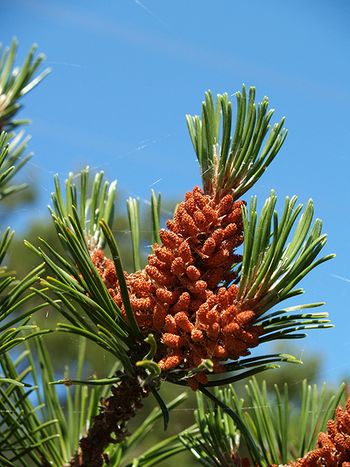
The Column
Click the title above to open The Column October 2018 North America issue in an interactive PDF format.

The Column
Click the title above to open The Column October 2018 North America issue in an interactive PDF format.

The Column
Click the title above to open The Column October 2018 European/Asia issue in an interactive PDF format.

The Column
Molar mass distributions, molar mass averages, and polydispersity can be determined by gel permeation chromatography (GPC), size-exclusion chromatography (SEC), and gel filtration chromatography (GFC). This makes this technique indispensable for all scientists in quality control (QC) and R&D who have to work with large molecules. However, the technical terms used can be quite confusing for beginners. This instalment of Tips & Tricks explains more.

The Column
Process chromatography, in particular process gas chromatography (GC), is a well‑established technique within the oil and gas, refining, and petrochemical industry. The technique is generally used in process plants to determine product quality and yield.

The Column
Waters Corporation has opened a new International Food and Water Research Centre (IFWRC) in Singapore to address the growing challenges of food and water security and safety.

The Column
Shimadzu has celebrated 50 years of Shimadzu in Europe with 300 guests attending an event in Duisburg, Germany, to commemorate the anniversary.

The Column
Incognito wonders if chromatographers are happy with their choice of career.

The Column
The Column spoke to Núria Fontanals, a senior researcher at the Department of Analytical and Organic Chemistry, Universitat Rovira i Virgili, Spain, about her work investigating the impact of artificial sweeteners as environmental pollutants using hydrophilic interaction chromatography (HILIC) and the broader role of HILIC in environmental analysis.

The Column
The goal of metabolite identification groups is to de-risk compounds moving into development by ensuring they have favourable metabolic profiles before clinical trials are initiated. Liquid chromatography–mass spectrometry (LC–MS) is a well-established technology for this purpose, as a result of its ability to selectively and accurately distinguish drugs and their metabolites. Ion mobility spectrometry (IMS) can add another critical dimension of separation by improving spectral clarity and generating collision cross section (CCS) values to track metabolites across multiple analysis conditions. Modern software platforms have now evolved to solidify the value of IMS for the field of metabolite identification.

The Column
The Column spoke to Linda Schreiner and Andrea Buettner of the Fraunhofer Institute for Process Engineering and Packaging IVV and the Friedrich-Alexander-Universität Erlangen-Nürnberg in Germany, about their work investigating Scots pine for odour-active compounds using two‑dimensional gas chromatography (2D-GC).

The Column
In peptide mapping, the enzymes and conditions used in digestion affect not only the number of peptides liberated, but also the stability of associated post-translational modifications (PTMs).

The Column
Researchers from the University of Verona, in Verona, Italy, have investigated the diagnosis of diabetes mellitus in endurance athletes using HPLC.